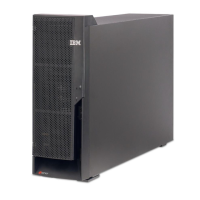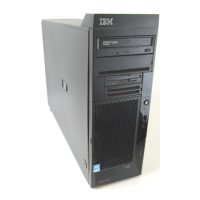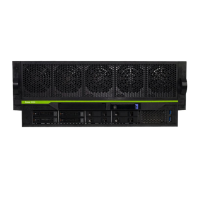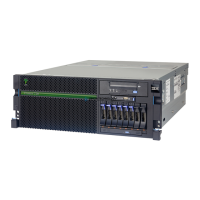5486LPOpS.fm Draft Document for Review October 18, 2004
570 IBM Eserver i5 and iSeries System Handbook
Support for named protection setups
Named protection setup allows the same set of authentication directives to be
defined in multiple containers by the use of include files
Support for group files
Group files provide the ability to grant access to resources based on a defined
group of users.
Logging of World Wide Web server access for tracking activity
This allows iSeries owners to obtain feedback on who accesses their servers
and what parts are accessed.
National Language Support (NLS) enablement
Denial of Service detection and prevention
Support for all iSeries file system types
Highly available HTTP Server makes it possible to build a highly available
Web site, improving the availability of business-critical Web applications.
– Highly available HTTP servers provide function that monitors a URL that is
part of your Web site and takes recovery action if the Web server is no
longer serving your Web content. For example, the monitor function
attempts to end and start your Web server or initiates a switch-over to
move your HTTP server function to the backup node in the cluster.
– You can write your CGI programs using highly available CGI APIs to save
CGI state into the iSeries cluster. In the event of a failed node in the
cluster, a CGI program can maintain its state, even after the application
switches to a new node in the cluster.
Log rollover is the ability to automatically close the current log file and open a
new one based on a set of user-defined parameters.
Log maintenance provides the ability to automatically delete log files based
on age, aggregate size, or both.
Improved navigation, usability, and accessibility enhancements for the HTTP
Server administration interface.
Fast Response Cache Accelerator (FRCA) is a caching technology that can
more than double capacity for serving static content compared to
conventional server architectures. It has allowed IBM to establish a leadership
position in Web server performance.
FRCA is a general purpose architecture that enables the iSeries to move
performance-critical TCP/IP application functions, such as the HTTP server,
into lower levels of the operating system, greatly improving Web serving
performance.
